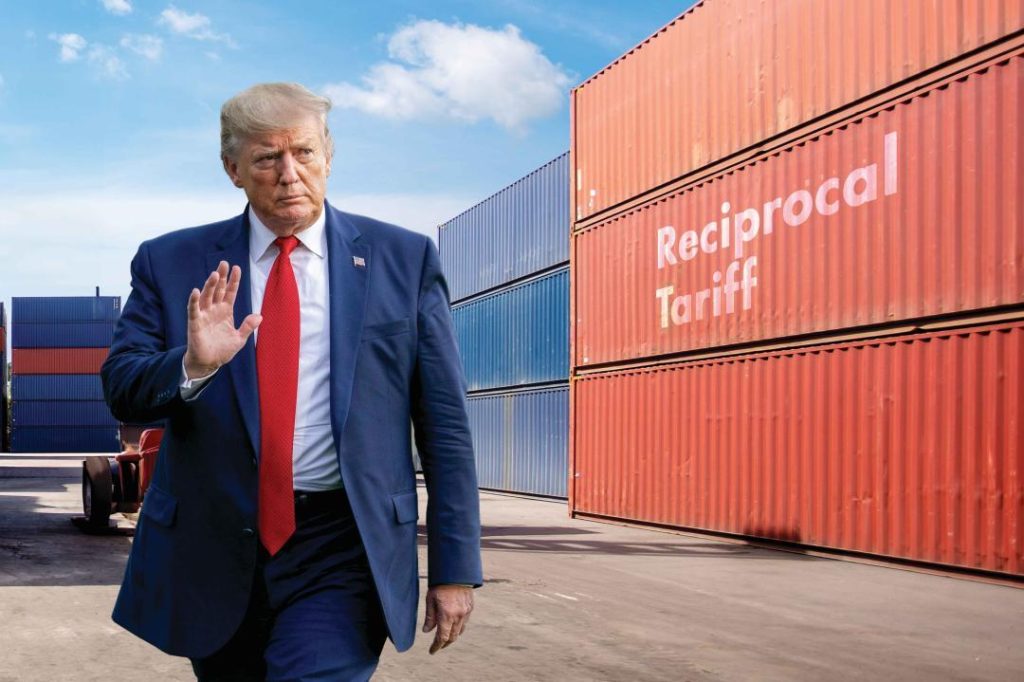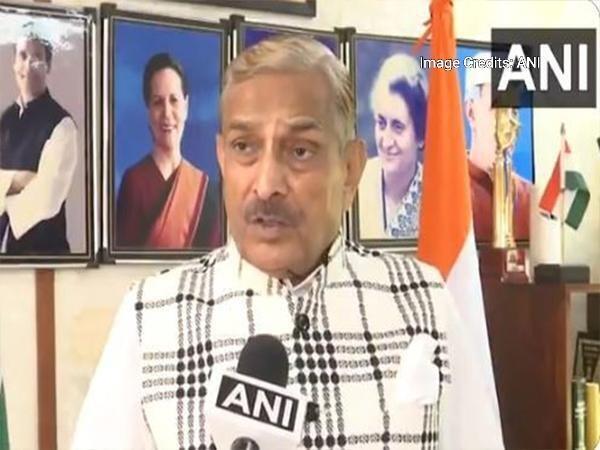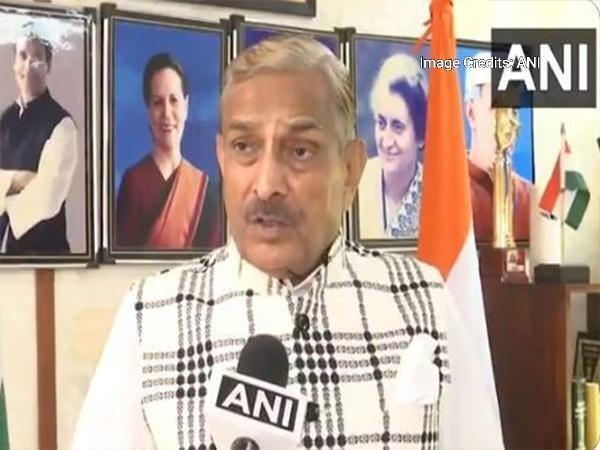
The Great Tariff War: Disruption, Diplomacy, & the Future of Trade
The world of international trade has been witnessing a significant shift in recent times, with the announcement of new tariffs by the United States on a range of Chinese goods. This move comes amid ongoing trade negotiations between the two nations, aiming to secure a bilateral trade agreement worth $500 billion by 2030. The global supply chain is bracing for the impact of these tariffs, and India is emerging as a potential alternative to China in the midst of this shift.
The Trump Tariff War: A Brief Overview
In March 2018, the United States imposed tariffs on steel and aluminum imports from China, Canada, Mexico, and the European Union, citing national security concerns. This marked the beginning of a trade war that has been escalating ever since. In May 2019, the US announced plans to impose tariffs on $300 billion worth of Chinese goods, covering a wide range of products including electronics, clothing, and toys. China retaliated by imposing tariffs on $75 billion worth of US goods, including soybeans, pork, and aircraft.
The Great Tariff War: Impact on Global Trade
The tariff war has had far-reaching consequences for global trade, causing uncertainty and disruption to supply chains worldwide. Companies are struggling to adapt to the new trade landscape, as tariffs make imports more expensive and complex. The uncertainty has led to stock market volatility, with many businesses and investors hesitant to make long-term commitments.
The impact of the tariff war is being felt across industries, from manufacturing and logistics to agriculture and technology. Companies are forced to consider alternative sourcing options, leading to a shift in global supply chain dynamics. India, in particular, is emerging as an attractive option for businesses looking to diversify their supply chains away from China.
India: The New Alternative to China
India has been actively courting foreign investors and companies, touting its business-friendly environment, skilled workforce, and strategic location. The country has made significant progress in recent years, with the government implementing reforms to simplify regulations and boost economic growth.
India’s emergence as a manufacturing and logistics hub is driven by its competitive advantages, including:
- Proximity to the world’s fastest-growing markets: India’s strategic location makes it an ideal hub for companies looking to tap into the growing markets of Southeast Asia, the Middle East, and Africa.
- Skilled workforce: India has a large pool of skilled and educated workers, with a strong presence of IT and engineering talent.
- Business-friendly environment: The Indian government has implemented reforms to simplify regulations and boost economic growth, making it an attractive destination for foreign investment.
- Competitive costs: India offers competitive costs, with lower labor and operational costs compared to China.
The Future of Trade: Opportunities and Challenges
The tariff war has created opportunities for India to strengthen its position as a global manufacturing and logistics hub. However, the journey will not be without challenges. India needs to address its infrastructure bottlenecks, improve its logistics network, and enhance its connectivity to become a seamless and efficient supply chain hub.
The Indian government has taken steps to address these challenges, including:
- Infrastructure development: The government has launched initiatives to develop infrastructure, including roads, ports, and airports.
- Logistics reforms: The government has introduced reforms to simplify logistics and transportation, making it easier for businesses to operate in the country.
- Trade agreements: India has been actively negotiating trade agreements with other countries, including the United States, to increase trade and investment.
Conclusion
The tariff war has created a complex and challenging trade environment, but it also presents opportunities for India to strengthen its position as a global manufacturing and logistics hub. The country has made significant progress in recent years, and its competitive advantages make it an attractive option for businesses looking to diversify their supply chains away from China.
As the world navigates the complexities of the tariff war, it is essential to remain diplomatic and work towards a resolution that benefits all parties. The Indian government has taken steps to address the challenges and opportunities presented by the tariff war, and the country is well-positioned to emerge as a key player in the global trade landscape.
News Source:
https://www.logisticsoutlook.com/supply-chain/the-great-trump-tariff-war






